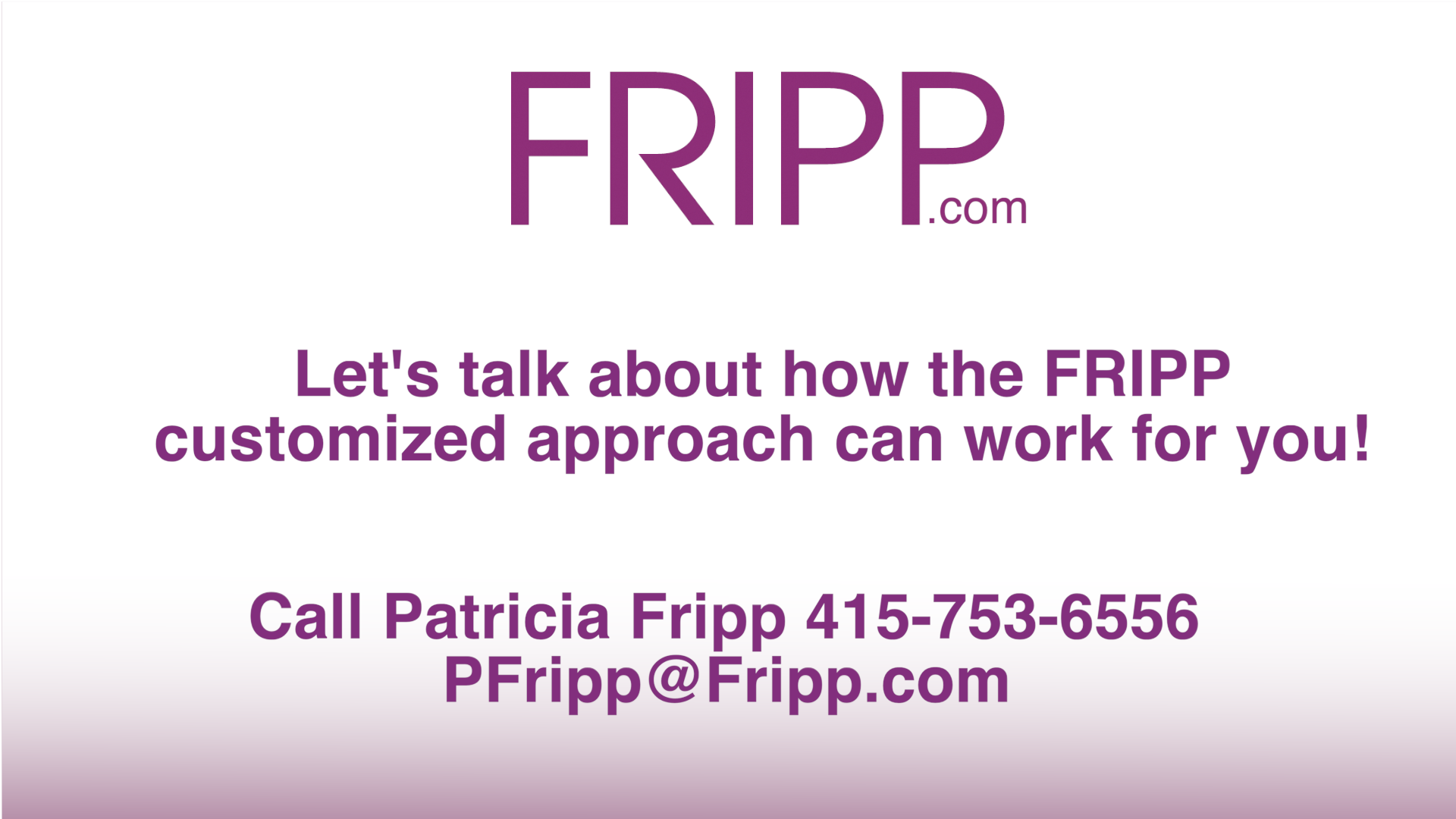As a speech coach, one of the most common questions I am asked is, “What do I do with my hands when I speak in public?” It’s a question that is natural to ask. This is what I tell my clients and audiences.
It’s important to remember that your hand gestures are best when in sync with your words. If your words are powerful and impactful, your gestures should be as well.
Remember, in public speaking your hands are a powerful tool.
They can be used to emphasize key points, make gestures, and create a sense of connection with your audience. However, if not used effectively, they can also be a major distraction and take away from the impact of your message.
Keep in mind that your hands should be natural and relaxed. Avoid any unnatural or forced gestures, as they will come across as inauthentic and distracting. Instead, focus on using natural gestures that help you emphasize key points and connect with your audience.
Many of my brilliant and more analytical content experts would look and feel totally out of place if they used what they consider over-the-top gestures.
Others look at home with larger and more flamboyant gestures that match their personality and message.
All speakers are well served to have a natural resting position when they are not gesturing. That is best at your belt line. When you do gesture, the idea is to bring the attention towards your mouth, not below your belt.
You may be familiar with what is commonly called the fig leaf. If you are not, use your imagination. Having seen what I would call the fig leaf flasher, you can imagine the audience finds it impossible to focus on the message.
Your natural resting place may also be good on your pause.
When I created my online learning program FrippVT (virtual training) on Powerful, Persuasive Presentations, at the conclusion of each video clip I brought my hands down to my resting position. It was part of my signal “this is my conclusion.”
If you use a remote control, you can keep both hands together around the clicker at your belt level until it feels natural to you to gesture with one of them.
Although some of your gestures may include both hands mirroring each other, do not continue all the time. Develop a repertoire of gestures that you feel comfortable using.
If you speak behind a lectern, you may only need gestures occasionally.
Another important suggestion that I feel strongly about is to keep in mind that your hands should never be in your pockets. Although some speakers are comfortable with this, I advise against it. If you are relatively young and presenting to your senior leadership, if you have one or both hands in your pockets, it will appear to be disrespectful.
Unless you are in the military, hands behind your back when you are speaking looks very strange. You will appear closed off and disconnected from your audience. Instead, keep your hands visible and use them to create a sense of openness and engagement.
Dos and don’ts of hand gestures:
Stern father: Using your index finger to emphasize a specific point or idea is okay. However, be careful not to point at the audience and prod your finger as if you were telling them, “Kid, you do this, or else!”
Open palms: Use open palms to show honesty and sincerity.
Chopping: You can use a chopping motion to create emphasis and impact. However, be aware that both hands making up and down chopping motions will distract from your words.
The key to effective hand gestures when speaking in public is to be natural, relaxed, and authentic. Use gestures that emphasize key points and create a sense of connection with your audience. Your goal is to always make sure that your gestures are in sync with your words. With practice and attention, you can master the art of using your hands to enhance your public speaking and make a powerful impact on your audience.
Remember, everything we do either adds to, or distracts from, your message.
“Your speech was brilliant. Absolutely amazing.” Tom Ferry, #1 Real Estate Coach and Speaker, NY Times Bestselling Author, Entrepreneur
“Wow, thank you so much! Your changes to my speech script proves, you are the Eighth Wonder of the World.” I am so motivated to dive into FrippVT your on-lines courses, the quickest way I can learn how to write like you.” Jay Kamhi, President, Kamhi World

Need help for you or your team on improving important conversations and presentations? The Fripp Customized Approach will work for you. Contact Fripp today!

